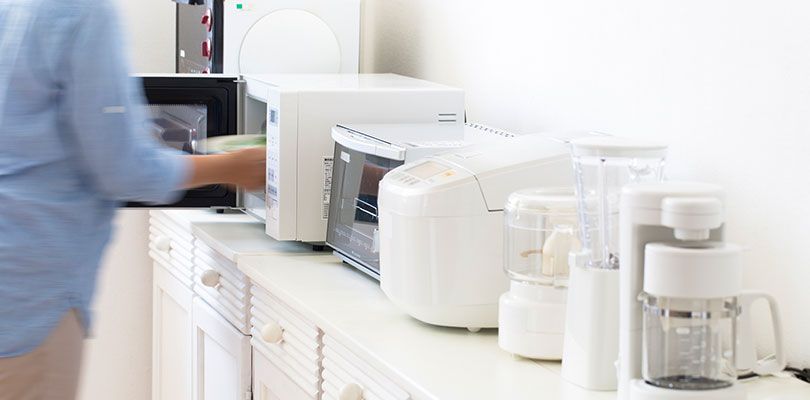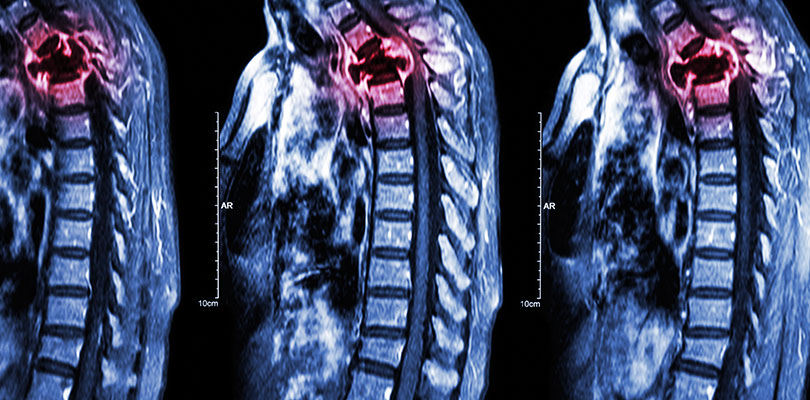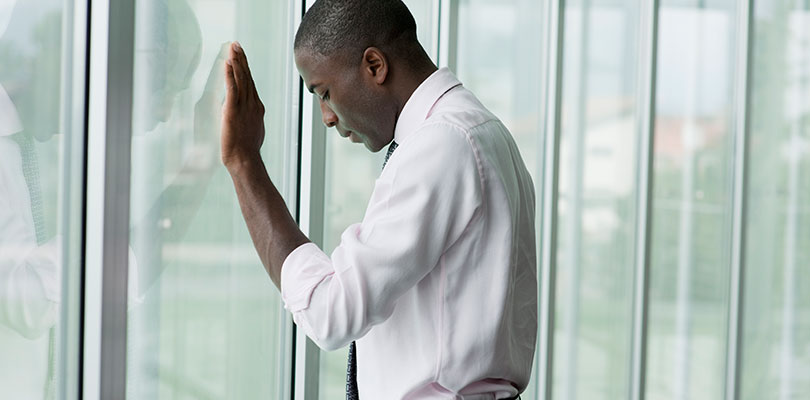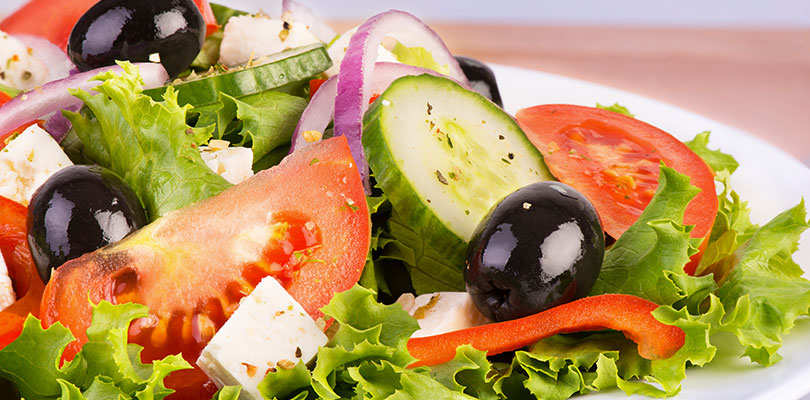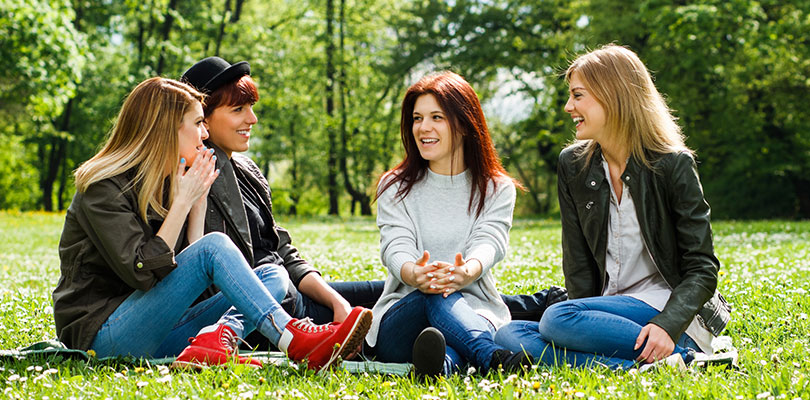What Is Testicular Cancer?
Testicular cancer is relatively uncommon compared with other cancers, but it is the most common cancer in men between 15 and 35 years old. Male sex hormones and sperm are produced in the testicles. Testicular cancer, or cancer of the testes, occurs in these organs.
Caucasian males are at highest risk, compared with men of African or Asian descent. The highest rates are found in Scandinavia, Germany, and New Zealand.
The good news is – testicular cancer can be successfully treated. Several treatments are available for the types and stages of testicular cancer. Even when cancer has spread beyond the testicles, it is very treatable. Also, the cancer usually affects just one testicle.
Symptoms of Testicular Cancer
Typically, you won’t notice signs of testicular cancer until the cancer is at a later stage. Most men discover the cancer themselves. Or their doctors find it during a routine physical exam. If you notice anything usual about your testicles, see a doctor right away.
The symptoms include:
- Painless lump or swelling in a testicle
- Testicle may seem larger than normal
- Discomfort or pain in a testicle or scrotum
- Aching in your lower back, groin, or abdomen
- A sudden collection of fluid in the scrotum
- Heaviness in the scrotum
- Unexplained fatigue
Because you may not notice symptoms until a later stage, it’s important to be aware of any changes early. Self-examination is important to identify the cancer at an early stage when it is most treatable.
Keep in mind: In many cases, less than 4 percent of lumps in the testicles are found to be cancerous. However, it’s critical that you don’t ignore a lump or swelling in the testicle. Make sure you see a doctor right away to determine the cause.
Diagnosing Testicular Cancer
To identify whether a lump is testicular cancer, your doctor may recommend:
- Ultrasound. With an ultrasound test, your doctor can determine if the lumps are solid or fluid-filled and whether they are inside or outside of the testicle.
- Blood tests. Doctors look for tumor markers in your blood. A high level of tumor markers will help your doctor make the diagnosis.
Treatment for Testicular Cancer
The treatment options your doctor prescribes will depend on several factors, including the type and stage of cancer and your overall health. You will make the final decisions about treatment.
Two surgeries are used for testicular cancer:
Surgery to remove a testicle, called radical inguinal orchiectomy, will tell your doctor if the lump is cancerous – and what type of cancer it is. The surgery involves an incision in your groin. A saline-filled testicle can be inserted. You will choose if you want this.
If this is early-stage cancer, your only treatment may be the surgical removal of the testicle.
If lymph nodes are involved, you will have surgery to remove a nearby lymph node. This requires an incision in your abdomen. The surgeon will be careful to avoid damaging nerves around the lymph nodes, but damage sometimes happens. If this is the case, you can still have an erection, but you may have trouble ejaculating.
Instead of living in fear of a devastating diagnosis, take a closer look at the evidence behind the common claims that these ingredients cause cancer.
Next Steps After Surgery
If surgery is your only treatment for testicular cancer, you may need follow-up appointments with your doctor. These will occur more frequently at first – every few months for the first few years, then less frequently. You will have blood tests, CT scans and other tests to determine if your cancer has returned.
Radiation Therapy
Radiation therapy is necessary for a specific type of testicular cancer. If it’s necessary, you will start treatment after surgery. Side effects may include nausea and fatigue, skin redness or irritation.
Radiation therapy can affect sperm count and fertility. If you are concerned about fertility, ask your doctor about options to preserve your sperm before treatment starts.
Chemotherapy
Chemotherapy treatment involves drugs to kill cancer cells that may have migrated from the original tumor. The timing of chemotherapy is different for each patient; for some, it is the only treatment. Others may have it before – or after – lymph node removal surgery.
Side effects of chemotherapy include nausea, fatigue, hair loss, and increased risk of infection. Your doctor can prescribe medications and therapies to reduce side effects of chemotherapy.
Chemotherapy may cause infertility, which could be permanent. If you are concerned about fertility, ask your doctor about options to preserve your sperm before starting chemotherapy.
How to Cope With Testicular Cancer
Every man facing testicular cancer may feel fear and anxiety. However, they have found it easier to cope if they follow a healthy lifestyle, reduce stress, and rely on connections with friends and family for support.
It will help to educate yourself about the cancer and treatments. You will feel more comfortable making decisions when you understand your options. The National Cancer Institute and American Cancer Society websites are very good sources.
Take care of yourself. Get rid of stress in your life. Focus on healing. You’ll feel stronger if you eat a healthy diet with a variety of fruits and vegetables. Exercise a little on most days to help your immune system – and to help you sleep better. Allow time at night for 8 hours of sleep. If you smoke, stop; your doctor can direct you to programs that will help you quit.
Connect with other cancer survivors. Testicular cancer survivor groups are online or in your local American Cancer Society group.
Connect with family and friends. They want to help, so let them. Even the smallest things can help. Let them drive you to appointments or handle errands. They will listen when you’re feeling down.

